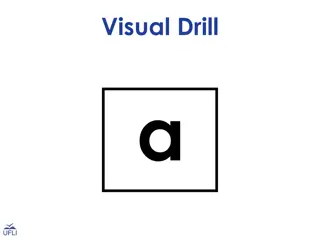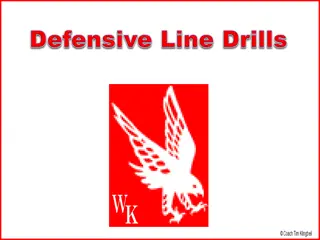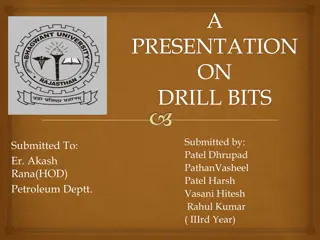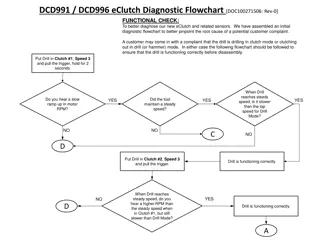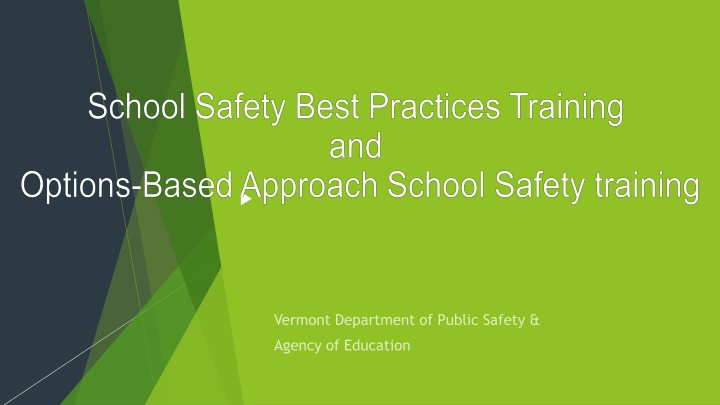
Effective Strategies for School Safety Training
Enhance your understanding of crisis response commands, options-based approaches to active threats, and Run/Hide/Fight protocols through a comprehensive training program. Discover the importance of strengthening prevention and preparedness to ensure safety in schools. Take care of yourself while discussing critical issues. Explore the need for training in response to the prevalence of violence in our communities and learn how to manage threats effectively.
Download Presentation

Please find below an Image/Link to download the presentation.
The content on the website is provided AS IS for your information and personal use only. It may not be sold, licensed, or shared on other websites without obtaining consent from the author. If you encounter any issues during the download, it is possible that the publisher has removed the file from their server.
You are allowed to download the files provided on this website for personal or commercial use, subject to the condition that they are used lawfully. All files are the property of their respective owners.
The content on the website is provided AS IS for your information and personal use only. It may not be sold, licensed, or shared on other websites without obtaining consent from the author.
E N D
Presentation Transcript
Targets & Expected Outcomes Understand the revised crisis response commands for my school. Explain why an options-based approach to an active threat is beneficial. Understand what Run / Hide / Fight means in the context of an active threat situation in my school. Understand my school s and the District s plan for implementing these changes.
Take Care of Yourself It is understood that the topic could and will make some uncomfortable. These are critical issues to discuss as school professionals. If you are having a strong response - please pay attention to it and take care of your needs.
Why is there a need for this training?
Sadly, the violence in our world has touched our schools and communities in profound ways. We know active threats can happen anywhere at any time, places where we live, learn, work, eat, shop, recreate, and worship. Active Threat Response Training is designed to promote safety as together we develop situational awareness and life skills that will keep our students, staff, and community members safe wherever they go.
Our best response to managing the threat of violence in schools is: Strengthening Our Response Prevention - we ensure our learning communities are safe and healthy environments where everyone is valued and belongs. Preparedness - we learn and practice what to do if an active threat arises and we know what to do when the worst happens.
Regular fire drills were first instituted in 1958 following a tragic school fire at Our Lady of the Angels in Chicago. In the years since that time, fire-related fatalities have become extremely rare in schools. Crisis Response to Fire Threats in Schools Countless students since then were given knowledge and awareness of what to do to stay safe in a fire. Fire safety response and fire drills are now common in our schools and our culture. We seek to build similar life skills for students and staff to face new threats of violence in our world.
Active Threat situations involving a shooter are highly fluid as incidents evolve quickly and are unpredictable. The Active Threat continues until stopped by law enforcement, suicide, or other intervention. School Violence: What We Know Often the Active Threat situation is over before law enforcement, or first responders arrive on the scene. The moments between when an Active Threat begins and when help arrives onsite are critical and our response can save lives.
An Active Threat is defined as a violent situation in which a person(s) is, or appears ready to be, actively engaged in harming, killing or attempting to harm or kill others on school property. In most cases, this active threat involves an active threat using a firearm(s) and displaying no pattern or method for selection of victims. What is an Active Threat? In some cases, active threats involve other weapons and/or improvised explosive devices intended to cause harm to victims or to impede police and emergency responders. These devices may detonate immediately, have a delayed detonation fuse, or may detonate on contact.
What is Lockdown? Lockdown is defined as a classroom-based protocol that requires locking the classroom door, turning off the lights and placing students out of sight of any corridor or exterior windows. During a Lockdown, the students are to remain quiet.
While LOCKDOWN is a component and likely the first measure, it is not an exclusive response to unfolding active threat situations where you are in danger. Recommended Change to Procedures Federal support has been given to the Run-Hide-Fight program, so we are making a change in how we think, potential responses, and how we will practice emergency drills with students.
Creating learning environments where all learners feel safe and supported and develop empathy for others is also critical. See Something, Say Something is a valuable piece of our emergency preparedness efforts. It provides a digital platform for anonymously sharing information BEFORE an incident occurs. Social- Emotional Learning Support School Resource Officers develop relationships with students and staff as they engage in prevention activities. They are available inside the school to respond immediately to an Active Threat.
Prevention Efforts Many incidents can be prevented using available resources: Anonymous Tip Line: 802-857-7977 Blackboard App
Options-Based Response In an Active Threat Situation, you can choose to:
Run, Hide, Fight is the US Department of Homeland Security s recommended emergency response protocol What is Run, Hide, Fight? DOES NOT replace current safety protocols or regular drills already in place such as LOCKDOWN or EVACUATION. DOES give additional tools that may be used to respond in an Active Threat situation.
Run Hide Fight
Approaches to Drills Incremental approach to practicing for an active threat situation. High intensity drills that could cause undo anxiety to students, staff and parents will not be utilized. The safety and security of our school community is a top priority for all of us. Your support and engagement is critical to a successful and empowering implementation of our Crisis Response Protocols.
For Additional Support, please contact: Robert L. Evans School Safety Liaison Officer Agency of Education revans@margolishealy.com Mobile: 802-839-0448 Office: 802-861-1357 Sunni Eriksen School Safety Grant & Program Manager- Vermont Emergency Management sunni.eriksen@vermont.gov Mobile: 802-760-7117










